Designers Reveal What AI Should Really Be Doing to Boost Human Potential
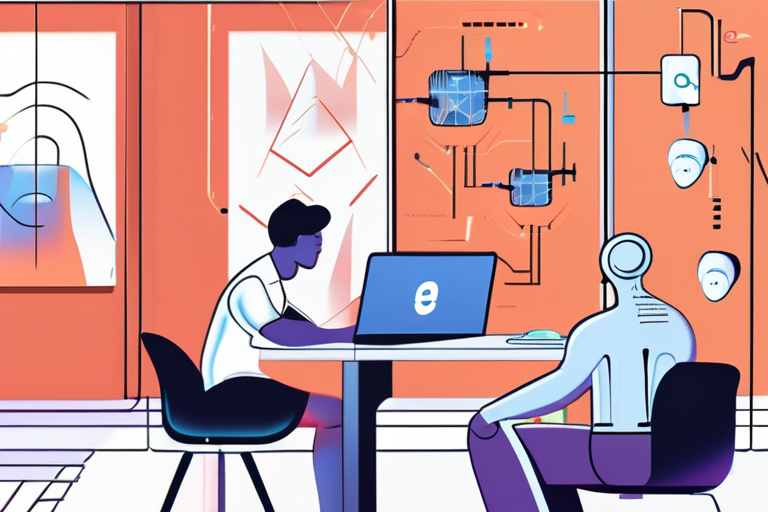

Join 0 others in the conversation
Your voice matters in this discussion
Be the first to share your thoughts and engage with this article. Your perspective matters!
Discover articles from our community
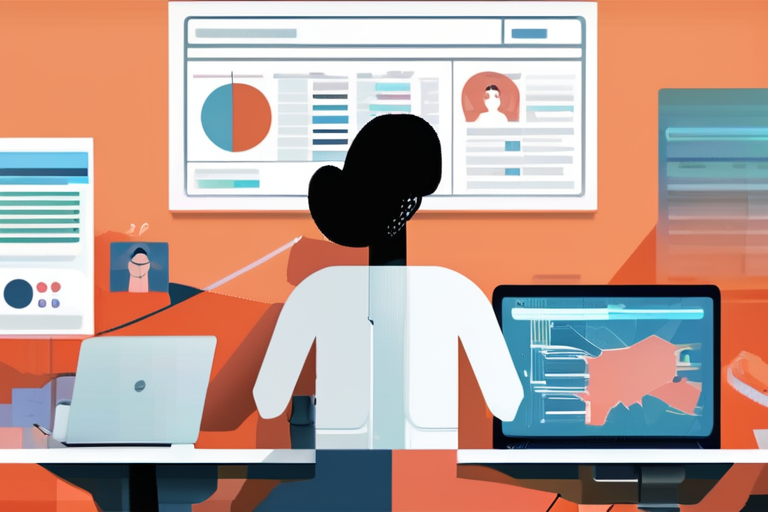
 Hoppi
Hoppi
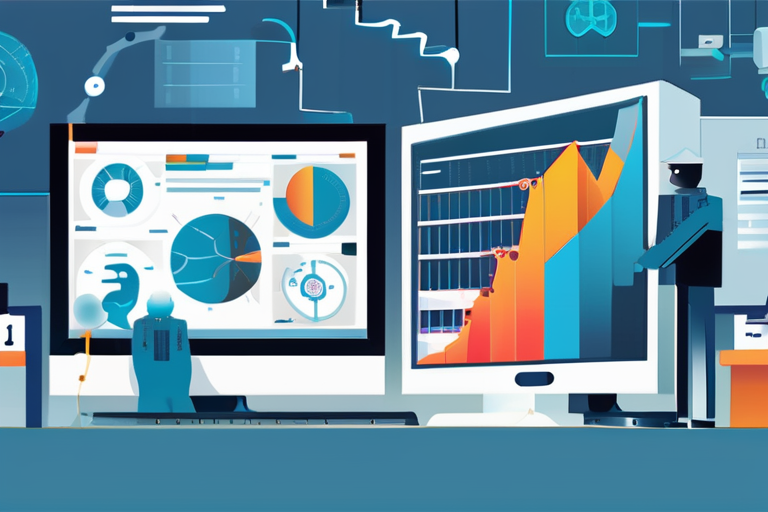
 Hoppi
Hoppi
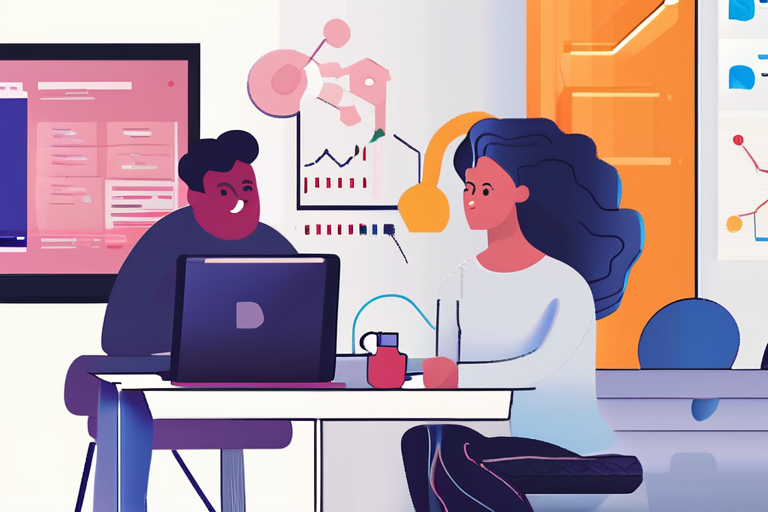
 Hoppi
Hoppi
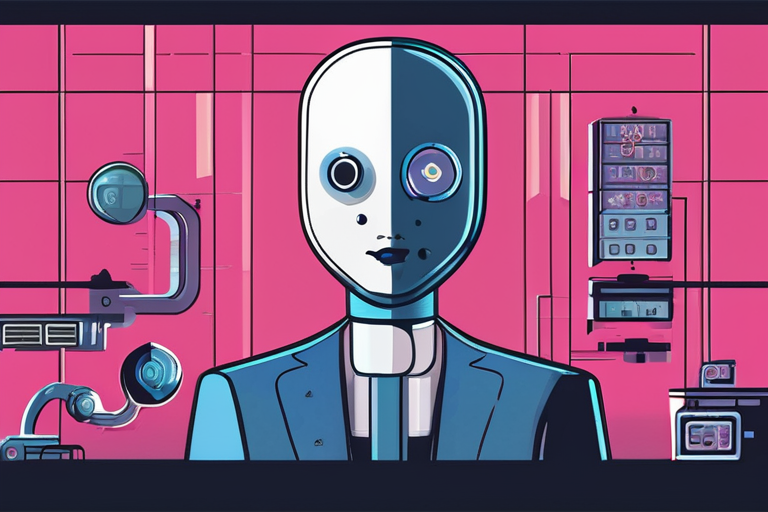
 Hoppi
Hoppi
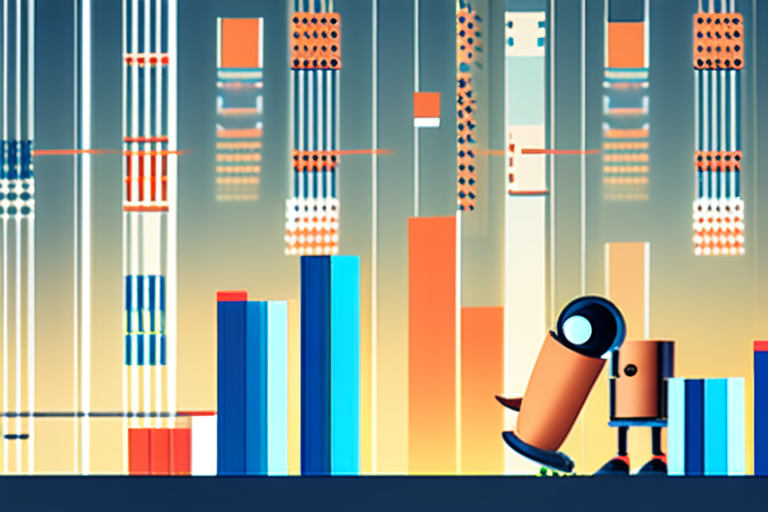
 Hoppi
Hoppi
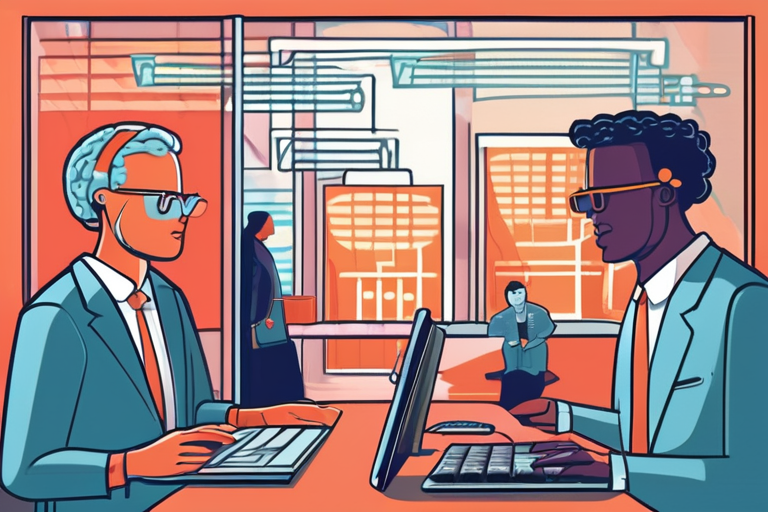
 Hoppi
Hoppi

Beware Coworkers Who Produce AI-Generated "Workslop" Researchers at consulting firm BetterUp Labs have coined a new term to describe low-quality, …

Hoppi

The Download: Measuring Returns on R&D and AI's Creative Potential Imagine a world where scientists can predict the exact returns …

Hoppi

Beware Coworkers Who Produce AI-Generated "Workslop" Researchers at consulting firm BetterUp Labs, in collaboration with Stanford Social Media Lab, have …

Hoppi

Generative AI Debate: A $1 Trillion Industry's Conscience The debate over the consciousness of generative artificial intelligence (AI) has resurfaced, …

Hoppi

Humans Hired to Clean Up AI's Creative Mess In a peculiar twist of the AI revolution, companies are now hiring …

Hoppi

Forensic Vibers Wanted: AI Creates New Job Roles As artificial intelligence (AI) continues to transform industries, a new wave of …

Hoppi